By Film Noir Blonde and Mike Wilmington
The Film Noir File is FNB’s guide to classic film noir, neo-noir and pre-noir on Turner Classic Movies (TCM). All movies below are from the schedule of TCM, which broadcasts them uncut and uninterrupted. The times are Eastern Standard and (Pacific Standard).
Pick of the Week
(1947, Curtis Bernhardt). Thursday, Nov. 20. 4:15 p.m. (1:15 p.m.) With Joan Crawford, Van Heflin and Raymond Massey. Read the full review here.
Thursday, Nov. 20
2:15 p.m. (11:15 a.m.): “A Stolen Life” (1946, Curtis Bernhardt). Two Bette Davises, both in love with Glenn Ford, create mass confusion when one of them (his wife) dies and the other (her sister) substitutes herself. A double-role tour-de-force, which two-faced Bette tried again in 1964‘s “Dead Ringer.” With Walter Brennan, Dane Clark and Charlie Ruggles.
8 p.m. (5 p.m.): “The Birds” (1963, Alfred Hitchcock). With Rod Taylor, Tippi Hedren, Suzanne Pleshette and Jessica Tandy. Reviewed in FNB on Oct. 23, 2014.
Friday, Nov. 21
8 p.m. (5 p.m.): “Duel” (1971, Steven Spielberg). “Jaws” made Steven Spielberg famous, but it was the earlier made-for-TV movie “Duel” that first showed he could scare the pants off any decently susceptible audience. Based on a Richard Matheson story, this brilliantly made, terrifying action movie pits an increasingly exasperated and then frightened motorist (Dennis Weaver) against an oncoming truck driven by a faceless trucker. A huge smoke-belching behemoth of a truck keeps pursuing him, apparently trying, for no reason he can fathom, to run him off the road and kill him. A real shocker.
12 a.m. (9 p.m.): “Scarecrow” (1973, Jerry Schatzberg). With Al Pacino, Gene Hackman and Dorothy Tristan). Reviewed in FNB on May 6, 2013.
2 a.m. (11 p.m.): “The Last Detail” (1973, Hal Ashby). With Jack Nicholson, Randy Quaid and Otis Young. Reviewed in FNB on Feb. 20, 2013.
Sunday, Nov. 23
9:45 a.m. (6:45 a.m.): “Citizen Kane” (1941, Orson Welles). With Welles, Joseph Cotten, Everett Sloane, Dorothy Comingore and the Mercury Players. Reviewed in FNB on July 13, 2012.
2 p.m. (11 a.m.): “The Big Sleep” (1946, Howard Hawks). With Humphrey Bogart, Lauren Bacall, Dorothy Malone and Elisha Cook, Jr.
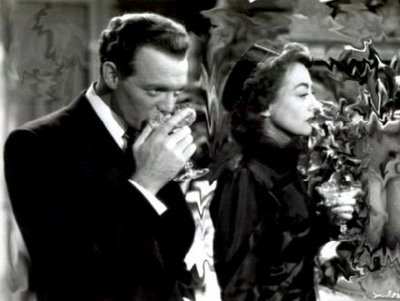
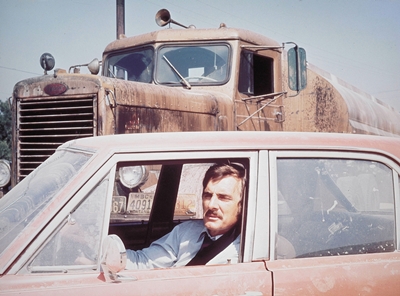






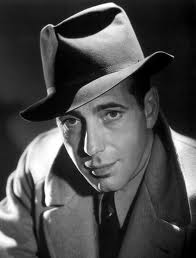
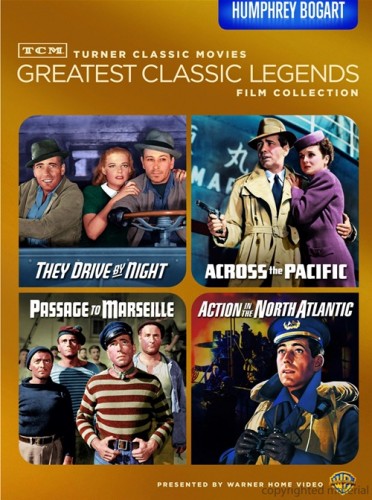
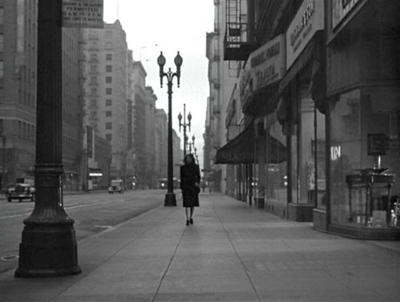
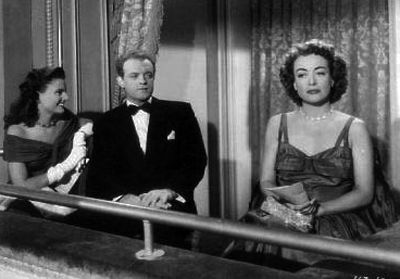
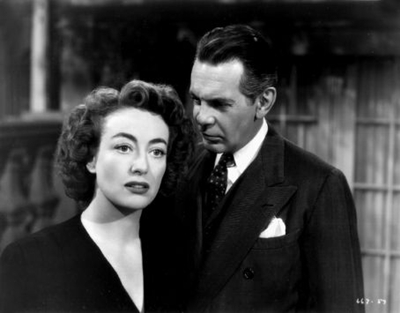
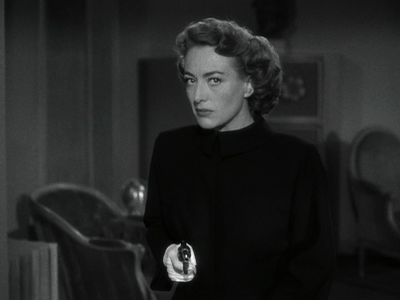
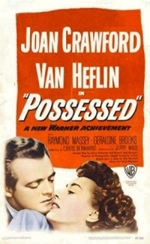
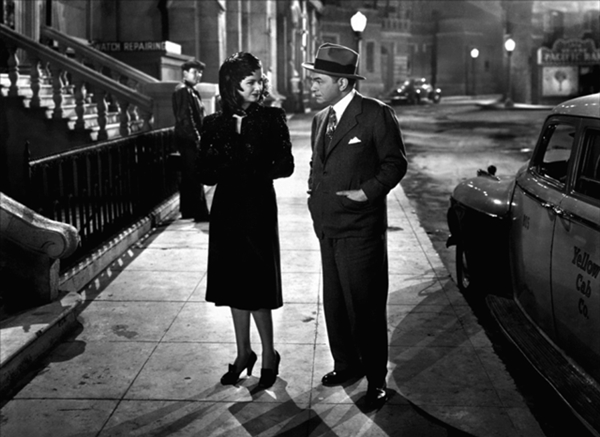
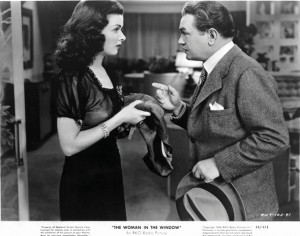
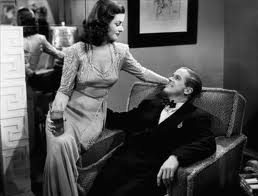

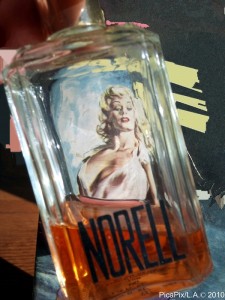
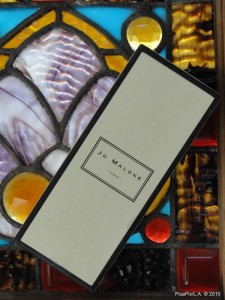





From FNB readers